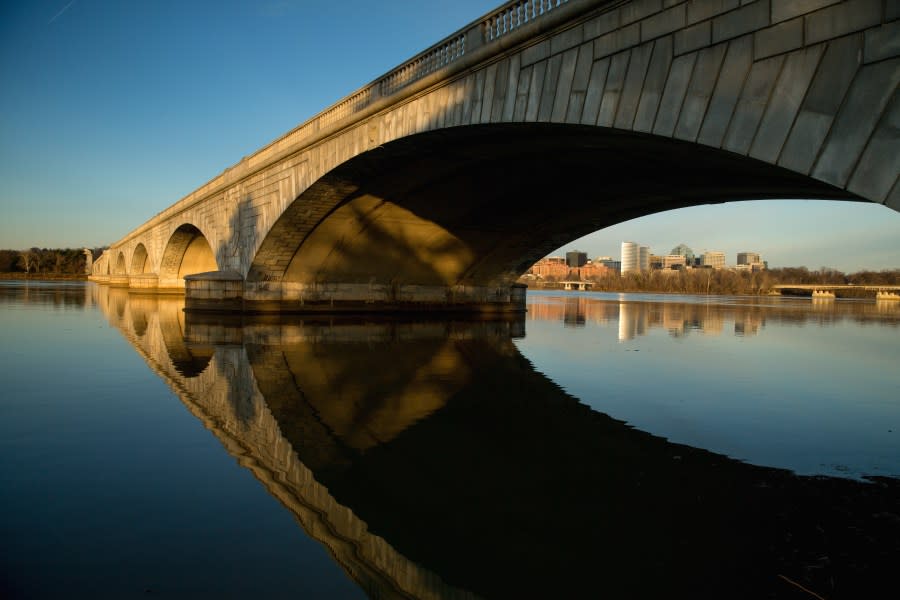WEATHER FACT WEDNESDAY: Why Do Bridges Freeze First?
Most of us have driven on icy bridges during the winter season, but “Why do bridges, freeze before other roads?” creating accidents like you see here in this video. One factor is because they’re usually made of steel and/or concrete, like the arlington memorial bridge seen here, which actually conducts heat quite well. So any heat that a bridge manages to hold onto, before the air chills, will have its warmth escape quickly when the temperature drops.

A second factor, is that a bridge is exposed to the cold air from above and below, meaning that bridges lose heat from all around its structure at a much faster rate than any road would. Unlike roads, bridges have no way to trap heat, so they’ll ice as soon as the temperature drops to the freezing point. This graphic example, shows this, by comparing three different temperatures ( air temp., bridge temp., and road temp.) when the thermometer reading starts heading south. Unlike bridges, the ground below any road, traps in heat and keep roads from getting icy unless the air temperature drops some five to ten degrees below freezing. This, in essence, buys time for the road to take a just a bit longer to freeze.
For the latest news, weather, sports, and streaming video, head to DC News Now | Washington, DC.

